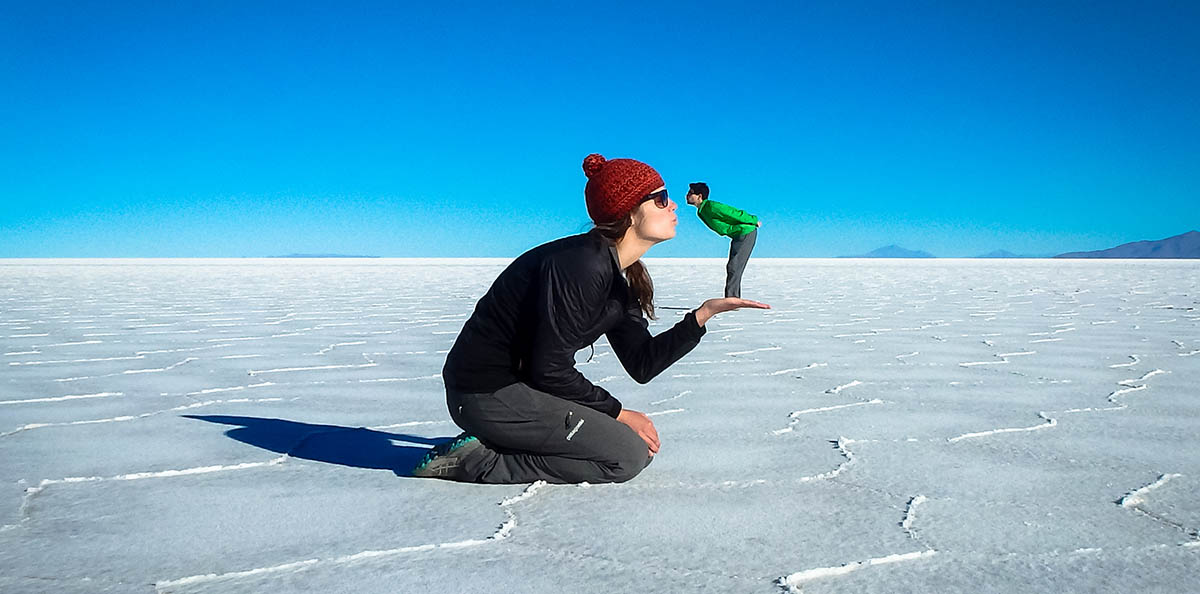
South America It is a wonderful destination, a land with millenary history and incredible landscapes. For the European eye, it also contains a quota of exoticism. The Amazon, Peru and its ruins, Ecuador and its mountains, Argentina and its glaciers o Bolivia and its own wonders among which we highlight today the Uyuni Salt Flats.
This salar It is the largest and highest saline desert in the world. It is huge, it is in Bolivia, and today, that everything revolves around the blessed lithium in the batteries of all our electronic gadgets, it is also in the eye of the technology industry. Let's get to know it.
Bolivia
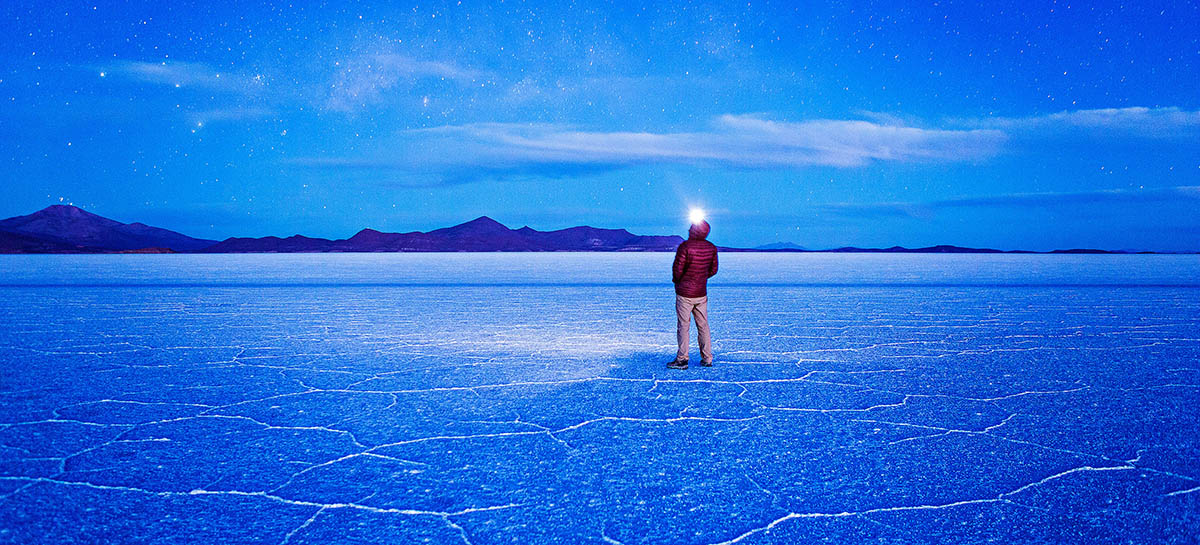
The Plurinational State of Bolivia has as Capital Sucre but the seat of the executive, electoral and legislative power is its other important city, La Paz . It borders Argentina, Paraguay, Brazil, Chile and Peru and you must have heard in the latest news that there was a coup d'etat because the results of the elections were not recognized. Its last constitutional president and great transformer of the country was Evo Morales.
Bolivia has many archaeological treasures, thousands, like tiwanaku, for example, or Samaipatto. Many are in the Andes, others are in a better or worse state of conservation, but they all tell us about a region that was once very active and important for civilization.
The Uyuni Salt Flats
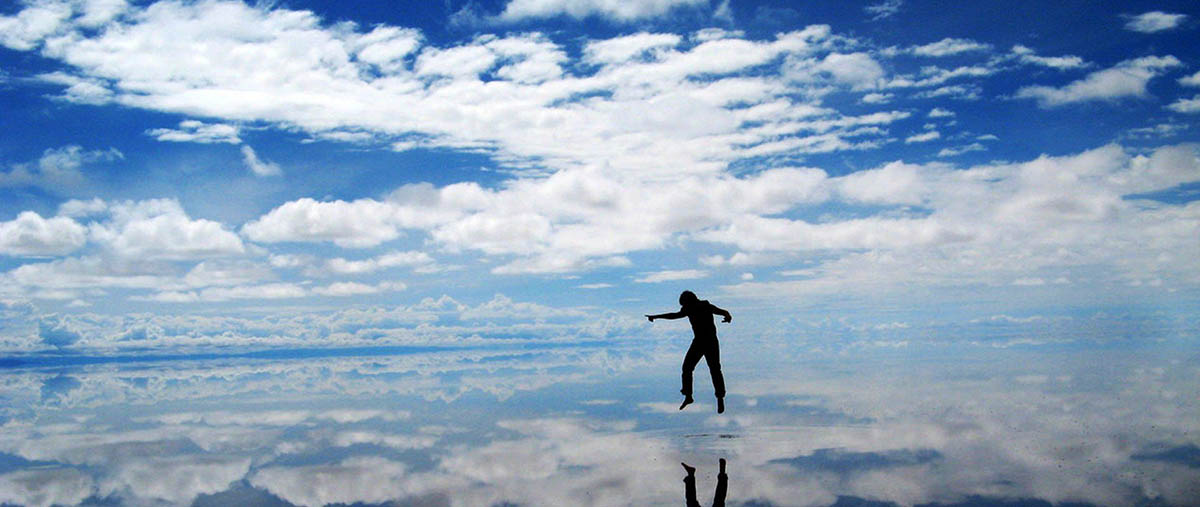
Despite its archaeological treasures, one cannot miss the opportunity to visit one of the best natural landscapes in the world: the vast Salar de Uyuni. As we said in the presentation It is the largest and highest desert in the world.
The Uyuni Salt Flats It has 10.582 square kilometers of surface and is at 3650 meters of altitude in the southwestern region of the country, in the province of Daniel Campos, department of Potosí. Around 40 thousand years ago in this part of the Bolivian territory was Lake Minchin and about 11 thousand years ago Lake Tauka. By then the climate was different, not arid and dry, and it rained constantly.
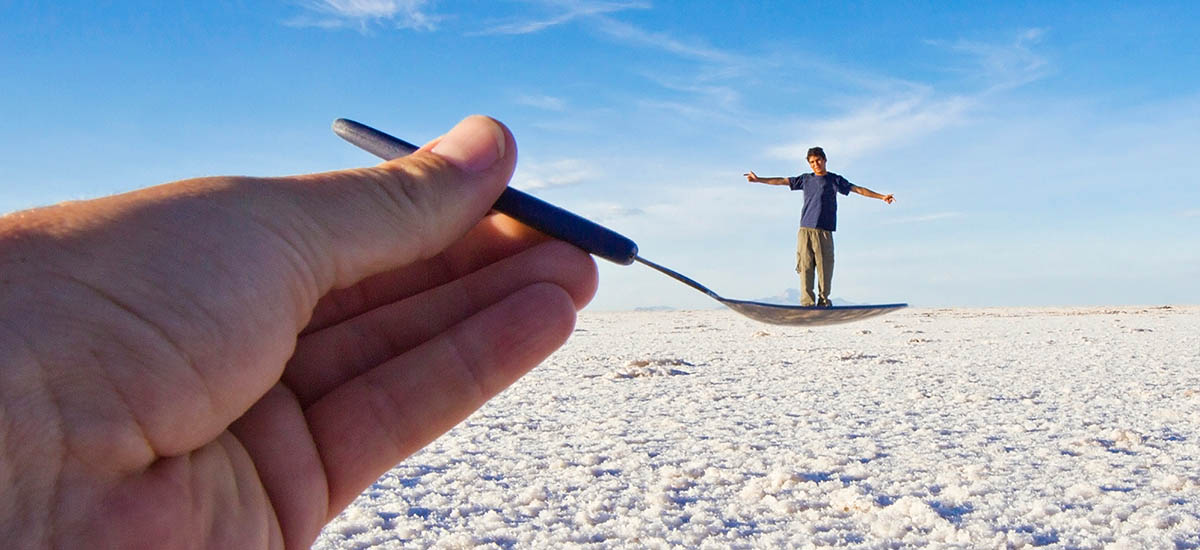
Then there would be a period of hot and dry weather that caused the great Andean lakes to shrink giving rise to the formation of salt flats such as Uyuni or Coipasa. The lakes became salt flats or smaller lagoons, like the current Uru Uru or Poopó lakes.
How much salt does the Uyuni salt flats have? Good question. It is estimated that some 10.000 million tons of salt. There are about eleven layers of salt of varying thickness, between one and ten meters. The upper crust is the one that is ten meters long. The total depth of the salt flat is calculated to be 120 meters, between layers of brine and mud.
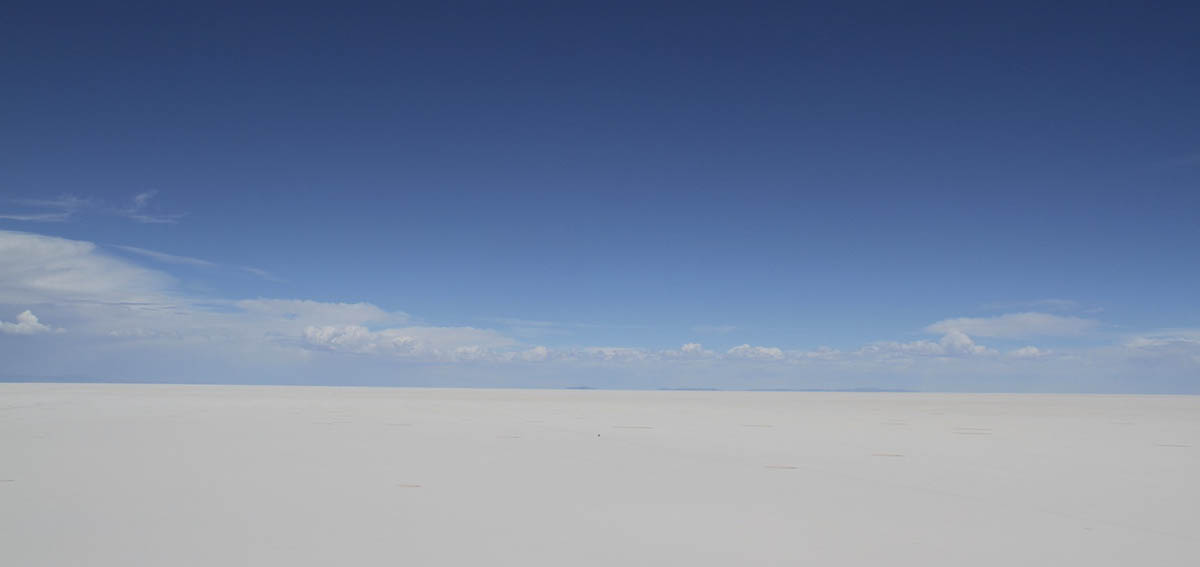
00 Every year about 25.000 tons are extracted, but as we said above here what will matter one day is not so much salt but lithium. Lithium, which is present in the brine here along with magnesium, potassium, sodium and boron sulfates, is the main component of the batteries used by all our electronic devices, so world reserves are extremely important. My advice? The news of Bolivian events must be read in this key. The United States considers that Bolivia has the largest lithium reserve in the world.

While reflecting on this data that is extremely important to understand Bolivian politics, I continue with more information about this spectacular site that, in addition to its radical importance, is a great tourist destination. Because? Well, any of the photographs that adorn this post is a good proof: the white background, the blue sky, the best images.
In addition, the salar is also the American Flamingo Three Spice Breeding Place, the Andean flamenco, that of James and the Chilean. So everything is combined to make it a destination with a lot of magnetism. A) Yes, per year about 300 thousand tourists arrive and last year, 2019, he won the World Travel Awards as the Best Tourist Attraction in South America.
Visit the Salar de Uyuni

When is the best time of year to visit? In November you can also take good photos to see the flamingos in full breeding. Afterwards, any moment is good, although everything has its pros and cons.
There are two seasons, the rainy season which is in the South American summer from December to March; and the dry season which is between May and October, winter. In the first is when the salt water accumulates on the surface and then a marvelous giant mirror that seems to merge with the heavens. In the second, the dry season, the mirror does not form but there is better weather.

If you are in the north of Argentina or you live there, the visit is super accessible. In fact, many Argentines from the north visit it at some time in their life because it means a simple trip by car from provinces such as Tucumán, Jujuy or Salta. If you are in Bolivia visiting other things it is easy to get there too. There are many excursions And although many go on their own, if you come from far away, it is safe to hire a one-day tour.
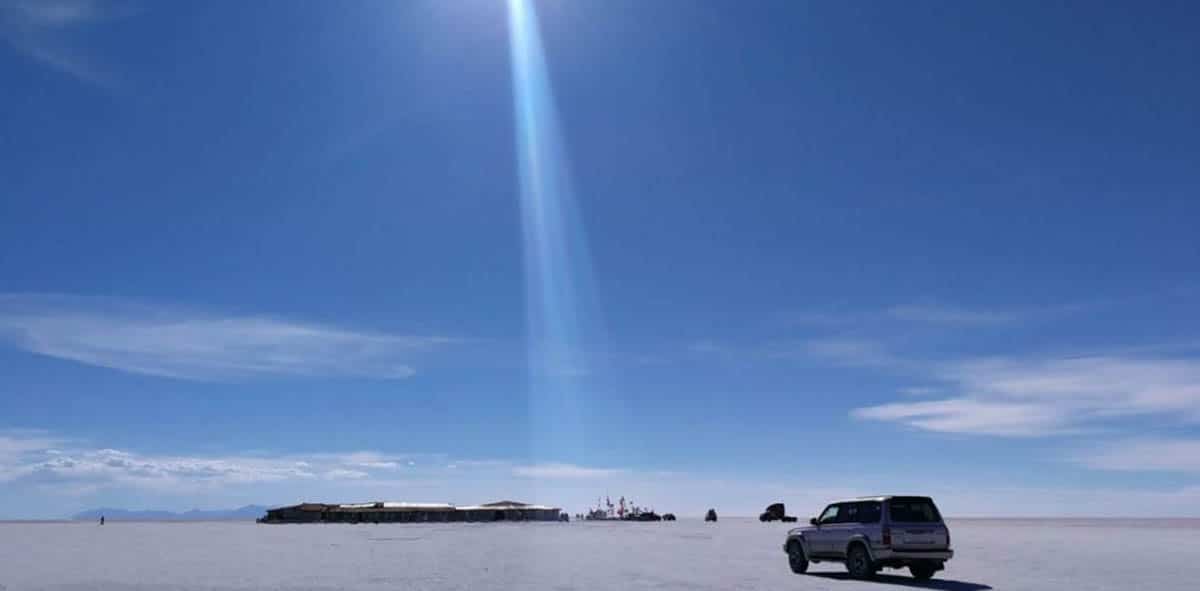
There is very little signposting and arriving in your own car if you don't know it can complicate you. There are day trips if you don't have time or up to three days to visit the nearby lagoons, the hot springs or the geysers. What can not be missing in your backpack is sunscreen, sunglasses, hat, water, cash to go to the bathroom, shower if the trip is long or pay the tickets.
If you are in Argentina, the best way to cross is to do it in La Quiaca, province of Jujuy, towards Villazón, in Bolivia. There you take a train and in nine hours you are at your destination. Or you can take a bus and put up with the poor condition of the route. If you come from another country then you can arrive by plane to La Paz and then take another plane to Uyuni, there are flights every day, or a tourist night bus that takes about 10 hours or rent a car or take the train to Oruro and from there the train to Uyuni.